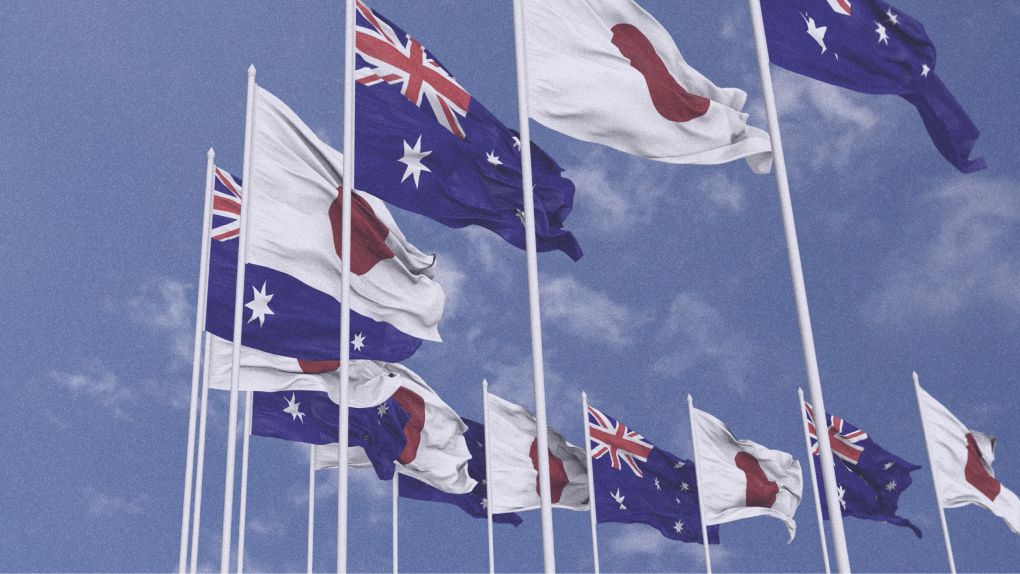COPs are complex, consensus-driven negotiations: slow and politically nuanced, and yet they are the only universal forum where every nation has a voice, and where non-state actors – investors, businesses, cities, and civil society – can shape outcomes. COPs set the direction for global action, signal priorities to investors, and provide a unique platform for collaboration to accelerate decarbonisation.
The history of COPs underscores both opportunity and stakes. Kyoto (COP3, 1997) established the first legally binding emissions targets, differentiating responsibilities between developed and developing countries and creating the foundation for compliance mechanisms.
Paris (COP21, 2015) enshrined Nationally Determined Contributions (NDCs) – the backbone of the global climate regime – alongside the ambition to limit warming to 1.5°C. The Paris meeting demonstrated the transformative power of COPs: within two years, over 90% of global GDP was covered by net zero commitments, triggering unprecedented reallocation of capital to clean energy.
NDCs are each country’s commitment to reduce emissions and build resilience. They are updated every five years – with the most recent round, NDC 3.0, due on 25 September 2025. The quality of these submissions will shape the decade ahead: strong, credible submissions provide policy clarity, mobilise capital, and guide investment; weak or delayed commitments risk locking in high-carbon pathways and undermining global confidence.
Glasgow (COP26, 2021) accelerated coal retirement announcements and spurred corporate pledges aligned with science-based targets. COP27 (Sharm El-Sheikh, 2022) established a loss and damage fund and reinforced equity and resilience, while COP28 (Dubai, 2023) cemented finance and accountability as central to climate action and set the global goal to triple renewable energy capacity by 2030. Most recently, COP29 (Baku, 2024) pushed for higher NDC ambition and accelerated private sector mobilisation, setting the stage for COP30 in Belém, Brazil.
NOTE: The Australian Government has recently announced a new NDC of 62-70% emissions reductions by 2025. On generous assumptions, the upper end of this range could allow Australia to play its role in keeping warming well below two degrees. The problem, as TSI Chair Rod Sims has pointed out, is that existing policies will very likely not deliver this outcome. Stronger incentives will be essential, and the best way to provide a strong and effective signal for investments is through a carbon price.
A shifting geopolitical landscape
The geopolitical landscape today differs from years past. The war in Ukraine exposed vulnerabilities in global energy systems, forcing Europe to balance energy security with decarbonisation. The United States, despite progress via the Inflation Reduction Act, faces domestic political fluctuations; federal climate commitments remain subject to election cycles, and the Trump Administration’s early-year announcement of a potential withdrawal from the Paris Agreement underscores the fragility of long-term leadership. Investor confidence thrives on predictability, and hesitation by major powers creates volatility in carbon markets and investment flows to emerging economies.
Meanwhile, new centres of climate leadership are emerging. China remains the world’s largest investor in renewables. India is rapidly scaling solar and green hydrogen. Southeast Asia is charting its own transition pathways. Africa is increasingly vocal about a just energy transition, while Latin America aligns climate ambition with biodiversity and social equity. The geopolitical centre of gravity is shifting – and the Asia-Pacific sits at the heart of this transformation.
Finance as the hinge
Mobilising finance remains the hinge between ambition and delivery. The International Energy Agency estimates that annual clean energy investment must triple to US$4 trillion by 2030 to align with net zero. More than 70% of that investment will need to flow into emerging markets and developing economies, where capital costs remain high. Unlocking this investment requires a coordinated approach:
- Clear policy frameworks aligning NDCs with carbon pricing, permitting, and infrastructure planning.
- De-risking investment through blended finance, concessional loans, and public guarantees.
- Market infrastructure, including certification, transparent reporting, and harmonised standards.
- Regional coordination, particularly for green hydrogen, critical minerals, and zero-carbon industrial corridors.
- Community trust, ensuring local benefits, job creation, inclusion, and resilience.
Mobilising finance remains the hinge between ambition and delivery.
Brazil’s presidency presents both opportunity and challenge. The country has outlined an ambitious agenda on climate finance, equity, and global cooperation. Yet domestic contradictions and logistical hurdles - including deforestation concerns and high accommodation costs - raise questions about its readiness to lead. COP30’s success will depend on Brazil’s ability to reconcile domestic action with international ambition, provide an inclusive platform for dialogue, and translate commitment into measurable outcomes.
Asia-Pacific at the centre
For the Asia-Pacific, COP30 is a defining opportunity. The region accounts for over 50% of global emissions and holds the largest potential for renewable growth. It has the industrial base, resources, and growing political ambition to turn climate commitments into tangible action. Coordinated policy frameworks, aligned finance, and regional collaboration can position the Asia-Pacific as the engine of the global clean economy. Rapid decarbonisation is achievable - and economically advantageous - if ambition is matched with investment.
Former U.S. Vice President Al Gore has been a steadfast advocate for urgent climate action since his pivotal address at COP15 in Copenhagen (2009), where he highlighted the accelerating threats of Arctic ice melt and rising sea levels. His subsequent speeches at COP21 and COP26 emphasised the necessity of robust legislative frameworks and the active participation of civil society in driving the global transition to net zero. As a founding partner of Generation Investment Management and the Climate Reality Project, Gore continues to influence climate policy and investment strategies worldwide.
At the upcoming IGCC Summit 2025 in Sydney, 16-17 October, Gore’s insights will be invaluable as the Asia-Pacific stands at a crossroads in its climate journey. With over half of global emissions emanating from this region, the summit provides a platform to explore how strategic investment and policy frameworks can position the Asia-Pacific as a leader in global decarbonisation. This discussion aligns directly with IGCC’s focus on investment, policy, and private sector mobilisation, ensuring the Summit offers both value and visibility for stakeholders across the region.
Strong, credible NDCs, coupled with effective mobilisation of finance and private sector engagement, can deliver a just and accelerated transition. Weak or delayed commitments risk undermining global confidence and locking in high-carbon pathways. Legacies matter. The next decade will be shaped by whether nations, investors, and civil society act decisively. Brazil’s leadership will be tested, but with careful coordination, COP30 can catalyse climate ambition across the Asia-Pacific and beyond.
COP30 presents a clear choice: the Asia-Pacific can demonstrate that it is a driver of global decarbonisation, or it can watch opportunities slip, entrenching a high-carbon trajectory for years to come. The time to act is now. The region has the expertise, the resources, and the ambition - and COP30 offers the stage to show it.
Joanna Kay
Program Director, International Strategy, Partnerships and Engagement



